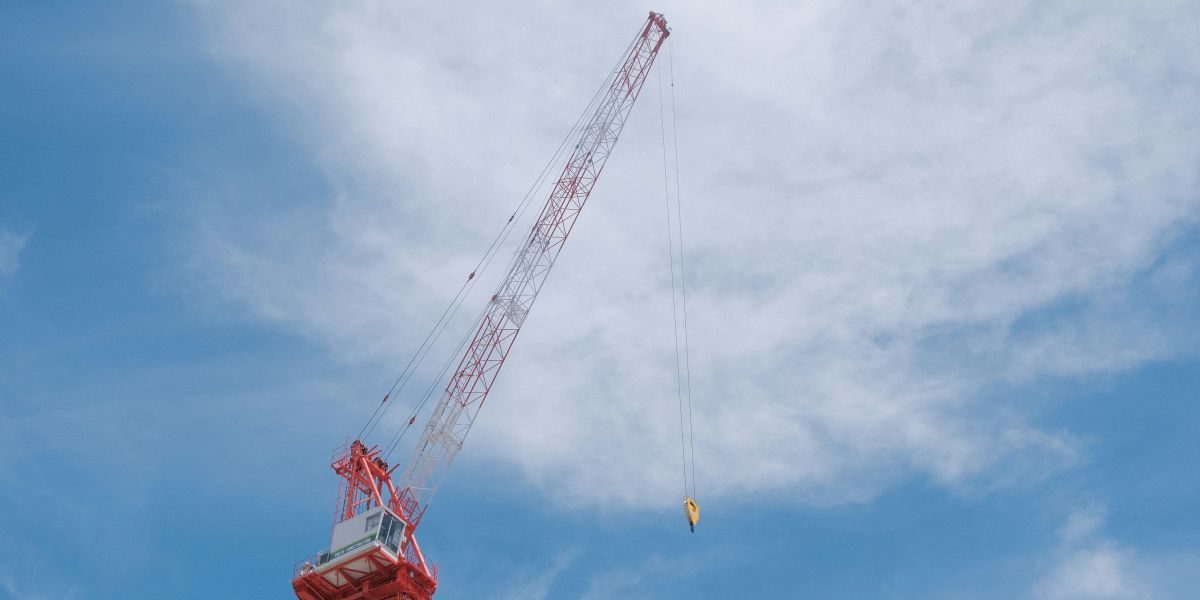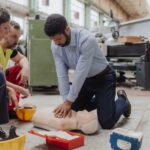In the city that never sleeps, construction always continues. From the towering heights of Hudson Yards to the expansive spans of Citi Field, some of New York City’s most famous landmarks are built with something most people never see: heavy lifting equipment. Behind every skyscraper, stadium, and major infrastructure project is a powerful network of cranes, rigging systems, hoists, and the skilled workers who operate them.
Heavy lifting equipment isn’t just about strength—it’s about precision, safety, and strategy combined. In a complex city like New York, it’s not just useful—it’s vital.
The Backbone of NYC’s Skyline
If you’ve ever looked up at the Empire State Building, One World Trade Center, or the newest sleek addition to the Manhattan skyline, you’re witnessing the result of masterful engineering and complex lifting operations.
In NYC, vertical construction is often the only option. Limited real estate and strict zoning laws mean that builders go up—not out. To lift steel beams, concrete panels, and prefabricated modules hundreds of feet in the air, contractors rely on powerful equipment like tower cranes, telescopic handlers, and gantry cranes. These machines must be precisely planned and installed, often months before the first concrete is poured.
Even more impressive? Much of this work happens while the city continues as usual below. Streets can’t always be closed, and delays can cost millions—so lifting operations often occur overnight or on tight, choreographed schedules. Every load must be balanced, every rigging point checked, and every operator certified.
Rigging: The Art and Science of the Lift
Rigging equipment—such as slings, shackles, lifting beams, chain hoists, and spreader bars—is what allows heavy items to be hoisted safely and securely. It may look like a collection of metal links and straps to the untrained eye, but in reality, it’s a carefully calculated system that considers load weight, shape, center of gravity, and lifting points.
In NYC, riggers often work in tight spaces with little margin for error. Think of moving massive HVAC units onto the top of a skyscraper or lifting sections of glass façade several stories above a crowded sidewalk. This requires not just brute strength but finesse—and highly trained professionals with years of experience.
Building More Than Buildings: Stadiums, Bridges, and Beyond
It’s not just skyscrapers that rely on heavy lifting equipment. New York’s sports stadiums, bridges, subway upgrades, and even art installations depend on these tools.
When Yankee Stadium was renovated and Citi Field was built, thousands of tons of structural steel and seating parts were moved into place using cranes and lifting frames. These were large, multi-phase projects that involved strict deadlines and the coordination of many contractors, many of whom worked at the same time across different parts of the site.
The same applies to infrastructure projects. The reconstruction of the Kosciuszko Bridge between Brooklyn and Queens involved modular bridge sections that were lifted into position using high-capacity lifting towers and barges. The Second Avenue Subway project depended on underground hoists and rigging systems to move equipment, tunnel boring parts, and pre-cast concrete.
Even large-scale public art installations, such as those in Hudson Yards or the High Line, often need special rigging and lifting considerations—especially when they are made of stone, steel, or glass.
Heavy Lifting in Tight Quarters
Unlike open construction sites in rural areas, urban lifting in New York presents a unique set of challenges.
- Space constraints mean rigging teams often have to set up equipment in narrow alleys or street corners.
- Permitting and coordination with city agencies like the DOT or NYPD are essential even for minor lifts.
- Weather can delay operations, especially when working with cranes hundreds of feet in the air.
- Safety is paramount. In such a densely populated city, the margin for error is nearly zero.
Because of this, the planning and logistics aspects of lifting are often just as crucial as the actual hardware. Teams utilize 3D modeling, engineering simulations, and detailed lift plans to make sure every move proceeds smoothly.
The Future of Heavy Lifting in NYC
As the city continues to evolve—with green towers, modular housing, and adaptive reuse projects on the rise—heavy lifting equipment is also becoming smarter. Remote-controlled cranes, real-time load sensors, and even autonomous lifting systems are starting to appear on job sites. These innovations promise greater efficiency, fewer delays, and improved safety for both workers and the public.
But one thing remains constant: the vital role that rigging and lifting play in shaping New York City. From skyscrapers to stadiums, every steel beam hoisted and every panel installed tells a story of teamwork, precision, and innovation—driven by the machines and people that lift NYC to new heights.

















